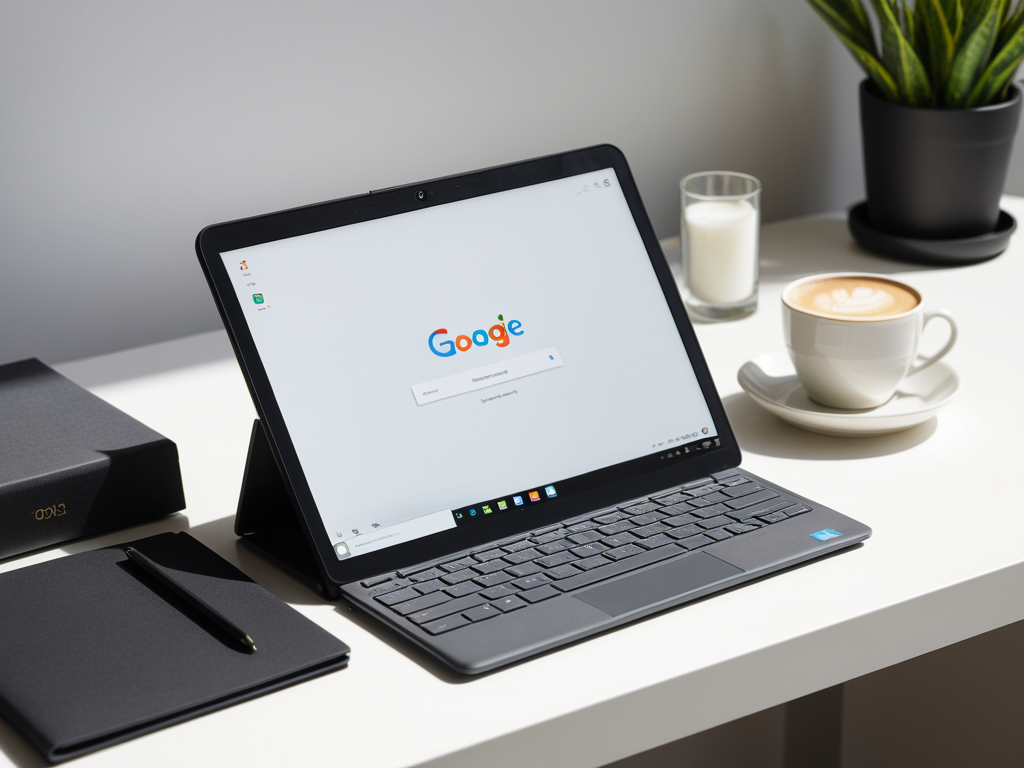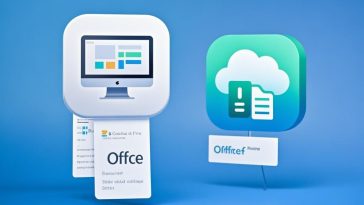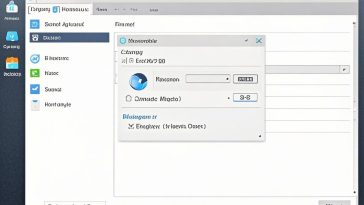Using Microsoft Word on a Chromebook offers the convenience of accessing a powerful word processing tool on a lightweight and portable device. In this guide, we’ll explore how to set up, use, and make the most out of Microsoft Word on your Chromebook.
Introduction
Chromebooks have become increasingly popular due to their affordability, simplicity, and portability. While they primarily run web-based applications, you can also install Android apps, including the full Microsoft Office suite, right on your Chromebook. This means you can create, edit, and collaborate on Word documents seamlessly, regardless of whether you’re at home, in the office, or on the go.
Section 1: Setting Up Microsoft Word on Your Chromebook
Getting started with Microsoft Word on your Chromebook is a straightforward process. Here are the steps:
- Open the Google Play Store on your Chromebook.
- Search for “Microsoft Office” and select the official app from the search results.
- Click “Install” to download and install the Microsoft Office suite, which includes Word, Excel, PowerPoint, and other Office apps.
- Once installed, launch the Word app from your Chromebook’s app launcher.
- Sign in with your Microsoft account or create a new one if you don’t have one already.
After signing in, you’ll be greeted by the familiar Word interface, tailored for the Chromebook’s touchscreen and keyboard input.
Section 2: Basic Document Creation and Formatting
With Word set up on your Chromebook, you can start creating and formatting documents right away. Here are some basic tasks you can perform:
- Creating a New Document:Click on the “New” button or go to “File” > “New” to create a blank document.
- Formatting Text:Use the formatting toolbar to change the font style, size, color, and other text attributes. You can also apply basic formatting like bold, italic, and underline using the respective buttons or keyboard shortcuts.
- Working with Headings and Subheadings:Organize your document using headings and subheadings by selecting the appropriate heading style from the “Home” tab or using the keyboard shortcuts (e.g., Ctrl + Alt + 1 for Heading 1).
- Inserting Images and Objects:Add visual elements to your document by clicking the “Insert” tab and selecting “Pictures” or “Shapes.” You can then insert images from your Chromebook’s storage or online sources, or draw shapes and diagrams directly in the document.
Section 3: Advanced Formatting and Features
Microsoft Word on Chromebooks offers a wide range of advanced formatting options and features to enhance your documents. Here are some key areas to explore:
- Page Layout:Customize the page layout by adjusting margins, orientation (portrait or landscape), and column settings. These options can be found under the “Layout” tab.
- Working with Tables:Insert tables by going to the “Insert” tab and selecting “Table.” You can then format the table cells, apply styles, perform calculations within the table, and more.
- Managing Styles:Create and apply custom styles to maintain consistent formatting throughout your document. Access the “Styles” pane from the “Home” tab to manage and modify styles.
- Track Changes and Comments:Collaborate with others by enabling the “Track Changes” feature, which allows you to see edits made by multiple users. You can also insert comments to provide feedback or explanations within the document.
- Headers, Footers, and Page Numbers:Add professional touches to your document by inserting headers and footers, which can include page numbers, dates, document titles, and other information.
Section 4: Collaboration and Sharing
One of the key benefits of using Microsoft Word on a Chromebook is the seamless integration with cloud storage and collaboration tools. Here’s how you can leverage these features:
- Sharing Documents:Share your Word documents with others for collaboration by clicking the “Share” button in the top-right corner of the Word app. You can then invite others to view or edit the document by entering their email addresses.
- Managing Permissions:Control who can access and edit your shared documents by adjusting the permission levels. You can grant “View” or “Edit” access to specific individuals or groups.
- Real-time Co-authoring:Multiple users can simultaneously edit the same document in real-time, with changes being synced automatically. This feature makes it easy to collaborate on projects without having to merge separate versions manually.
- Tracking Changes and Revisions:When collaborating with others, use the “Track Changes” feature to keep track of revisions made by different users. You can then review and accept or reject the changes as needed.
- Cloud Storage Integration:Save your Word documents directly to cloud storage services like OneDrive or Google Drive, making it easy to access your files from any device and share them with others.
Section 5: Productivity Tips and Tricks
To further enhance your productivity with Microsoft Word on a Chromebook, consider the following tips and tricks:
- Keyboard Shortcuts:Learn and utilize keyboard shortcuts to perform common actions quickly, such as saving documents (Ctrl + S), undoing changes (Ctrl + Z), or applying formatting like bold (Ctrl + B) or italics (Ctrl + I).
- Customizing the Interface:Personalize the Word interface by adjusting the ribbon layout, creating custom tabs, and rearranging or adding frequently used commands to the Quick Access Toolbar.
- Using Templates and Themes:Save time by starting with pre-designed templates or applying professional-looking themes to your documents. Access a wide variety of templates and themes from the “New” menu or by searching online.
- Inserting Cross-References and Table of Contents:Enhance the organization and navigation of your documents by inserting cross-references (e.g., to figures, tables, or sections) and automatically generating a table of contents.
- Enabling Accessibility Features:Make your documents more accessible by enabling features like text-to-speech, high contrast mode, or other accessibility options available in Word’s settings.
Section 6: Troubleshooting and Additional Resources
While using Microsoft Word on a Chromebook is generally a smooth experience, you may encounter some issues or need additional support. Here are some tips and resources:
- Common Issues and Troubleshooting Tips:If you encounter issues like document formatting issues, compatibility problems, or performance lags, try common troubleshooting steps like closing and reopening the app, clearing the app cache, or updating the app to the latest version.
- Updating Word and Office Apps:Regularly update the Microsoft Office suite on your Chromebook to ensure you have the latest features, bug fixes, and security patches. Check for updates in the Google Play Store or within the Word app itself.
- Microsoft Support Resources:Utilize Microsoft’s official support resources, including their online knowledge base, forums, and community channels, to find solutions to specific issues or get expert guidance.
- Exploring Additional Features:Word offers a wealth of advanced features beyond what’s covered in this guide, such as mail merge, macros, and advanced formatting options. Explore Microsoft’s official documentation or online tutorials to learn more about these capabilities.
- Recommended Resources for Further Learning:Consider investing in online courses, books, or video tutorials specifically tailored to using Microsoft Word on Chromebooks or in general. These resources can provide in-depth knowledge and best practices for getting the most out of Word.
Conclusion
Using Microsoft Word on a Chromebook can be a highly productive and convenient experience, combining the power of a robust word processing tool with the portability and simplicity of a Chromebook. By following the steps and tips outlined in this guide, you’ll be well-equipped to create, format, collaborate, and share professional-looking documents seamlessly on your Chromebook.
Remember, practice is key to mastering any software, so don’t hesitate to explore Word’s features and experiment with different tools and techniques. As you become more proficient, you’ll unlock even more productivity benefits and be able to create impressive documents on the go with ease.
We’d love to hear about your experiences using Microsoft Word on a Chromebook, as well as any additional tips or tricks you’ve discovered along the way. Share your thoughts and insights in the comments section below!






